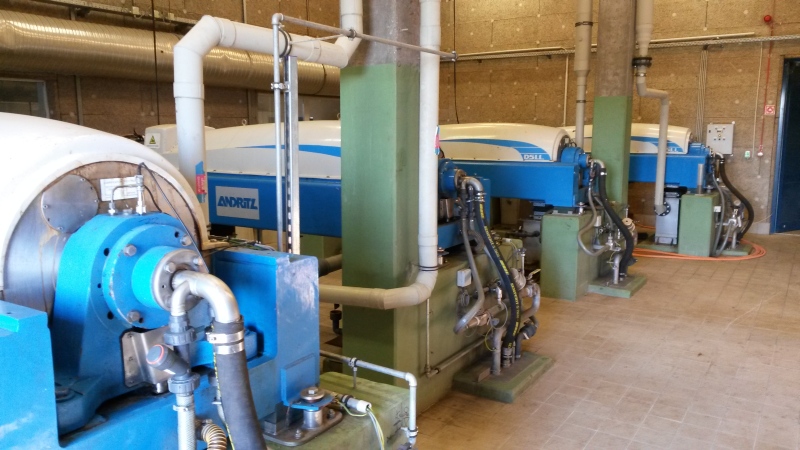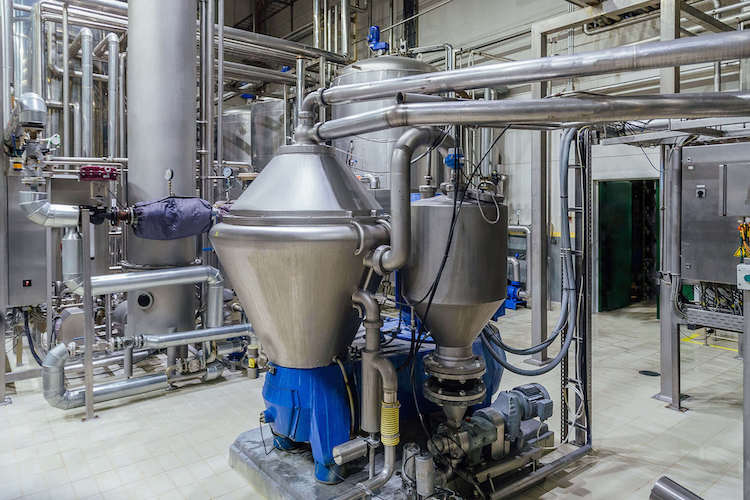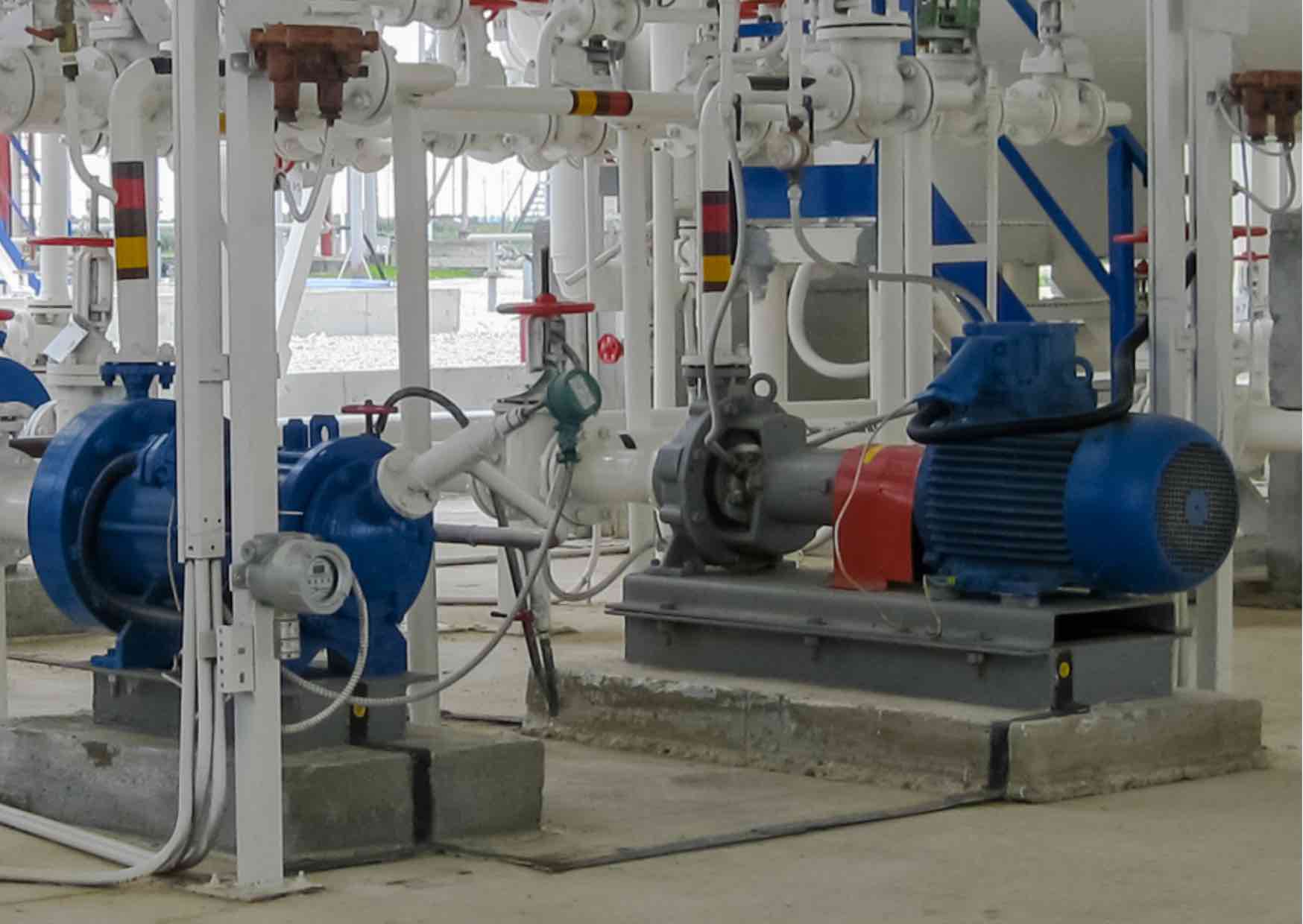Continuous real-time monitoring of centrifugal separators extends the lifespan of your machinery, reduces separator downtime and keeps your personnel safer.
Monitoring solutions for centrifugal separators
Centrifugal separators are common in a wide range of industries from the food and beverage industries to the pharmaceutical and marine industries. Using the force of rotation, centrifugal separators separate solids from liquids or two liquids of different densities.
There are two main types of centrifugal separators, each with their own monitoring requirements:
 Decanter centrifuge monitoring
Decanter centrifuge monitoring
Decanter centrifuges are low-speed, horizontal separators designed for high solid loads of up to 35-40 % solids.
The heavy loads put continuous stress on the machine components, and operating conditions often vary considerably, which makes wear on the decanter components unpredictable.
That is why we recommend continous, real-time monitoring of your decanter centrifuges to prevent machine failure and secondary damage and to keep staff safe.
 Disc stack centrifuge monitoring
Disc stack centrifuge monitoring
Disc stack centrifuges are high-speed, vertical separators, which are ideal for the separation of a liquid from other immiscible liquids or for separating particles as small as 0.5 microns from a liquid.
They can only handle low solid loads: up to 10 % solids for discharging centrifuges or as low as 0.5 % solids for solid bowl centrifuges.
The high rotational speed means that even small imbalances in the centrifuge components can cause excessive vibration, which, in turn, exaserbates the imbalance and the risk of bearing failure.
We recommend that you monitor the bearing temperature as well as vibrations and overspeed in your disc stack centrifuges to reduce the risk of bearing failure and machine breakdowns.
 Centrifugal pumps
Centrifugal pumps
Centrifugal separators are often used in conjunction with centrifugal pumps for low-viscosity products such as milk.
At PCH Engineering, you will find monitoring solutions for all types of centrifugal separators as well as for centrifugal pumps.
Let our experienced consultants help you find a monitoring solution for your centrifugal separator:
Contact
a consultant



 Decanter centrifuge monitoring
Decanter centrifuge monitoring Disc stack centrifuge monitoring
Disc stack centrifuge monitoring Centrifugal pumps
Centrifugal pumps Common faults in centrifugal separators
Common faults in centrifugal separators